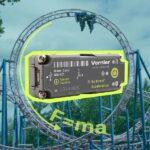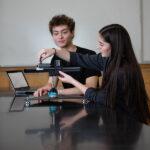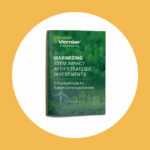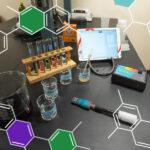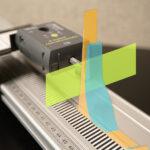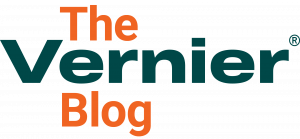
Sharing ideas and inspiration for engagement, inclusion, and excellence in STEM
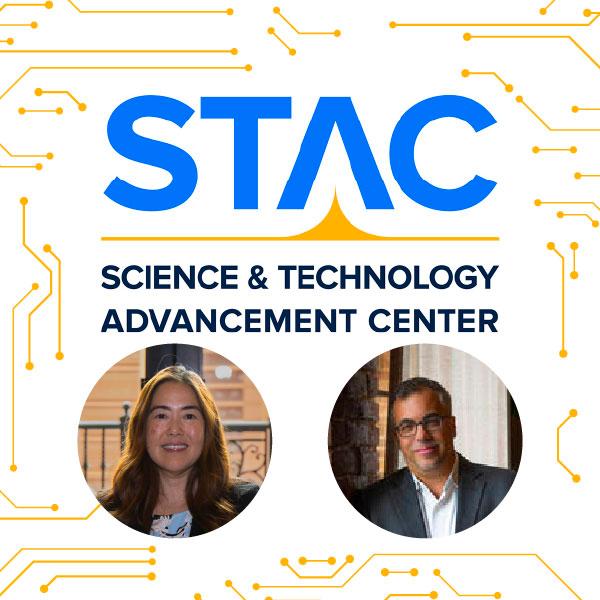
At the NSTA conference in Philadelphia this spring, I had the opportunity to talk with dozens of teachers and administrators who stopped by the Vernier booth to explore new technology and share their experiences with three-dimensional learning. These conversations confirmed what I’ve seen throughout my career in science education—from the classroom to state assessment development: focusing on Science and Engineering Practices (SEPs) is one of the most effective ways to deepen learning and improve student outcomes.
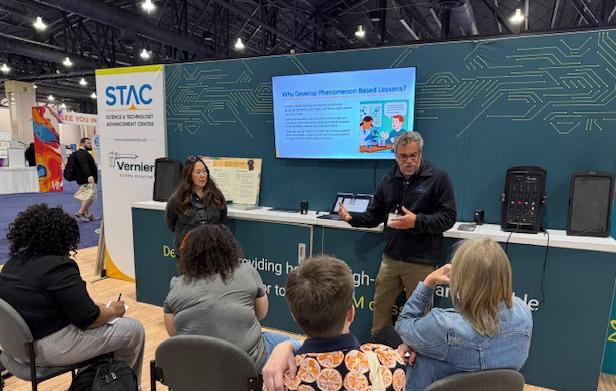
As someone who has worked in curriculum development, assessment strategy, and teacher professional development, I’ve seen how emphasizing SEPs in the classroom gives students meaningful ways to engage in science. And with the right tools—like Vernier probeware—students can practice these skills in real time, in real-world investigations.
If you’re looking to improve performance and support meaningful science learning, start by emphasizing SEPs. Here’s why.
SEPs Are the Bridge to Real Understanding
Imagine trying to learn how to swim just by reading a manual. You might memorize every type of stroke, but you wouldn’t know how to move through the water or when to come up for air until you actually jumped in and tried it yourself. The same goes for science—real understanding comes from doing, not just memorizing.
SEPs are the way students get in the pool. These practices—like asking questions, planning investigations, and analyzing data—are how students actively engage with content. They are grounded in A Framework for K–12 Science Education, which defines eight essential practices that reflect what scientists and engineers do in the real world.
- Asking Questions and Defining Problems
- Developing and Using Models
- Planning and Carrying Out Investigations
- Analyzing and Interpreting Data
- Using Mathematics and Computational Thinking
- Constructing Explanations and Designing Solutions
- Engaging in Argument from Evidence
- Obtaining, Evaluating, and Communicating Information
The Framework uses the term “practices” intentionally to emphasize that these are not just skills but integrated behaviors that combine knowledge, experience, and action—they help students understand how scientific knowledge develops and how engineering connects to real-world problem‑solving. The goal is not only to know scientific facts, but to understand how we come to know them.
Research continues to show how valuable this kind of engagement is. For example, Penuel et al. (2024) found that students who regularly engage in these practices develop a stronger sense of belonging in science classrooms—particularly when they can contribute meaningfully to knowledge building. That sense of agency not only helps students perform better academically, but also keeps them motivated and curious.
Unlike Disciplinary Core Ideas (DCIs), which are typically mastered by the end of a grade band, SEPs are intentionally revisited and deepened throughout a student’s academic journey. That ongoing engagement is what equips students to make sense of new phenomena, long after the lesson ends.
Probeware Makes It Possible to Exercise SEPs
To exercise SEPs, students need tools that allow them to investigate real-world phenomena. That’s where probeware becomes so powerful. In particular, Vernier tools are especially well-suited for this because they combine a wide range of precise sensors with rich, real-time data visualization in Vernier Graphical Analysis®.
For example, students might explore the real-world phenomenon of how instant cold packs or hot packs work. These everyday items rely on endothermic and exothermic chemical reactions. Using the Go Direct® Temperature Probe, students can measure temperature changes over time as different substances dissolve in water. The real-time data helps students analyze the direction and rate of thermal energy transfer, so they can determine whether a reaction absorbs or releases heat. These tools also help students see patterns they might otherwise miss, like a flatline in temperature data before it begins to rise again—a critical piece of evidence when explaining a physical or chemical change.
This isn’t a brand new observation either. In earlier work by Metcalf and Tinker (2004), researchers found that integrating probeware into elementary and middle school classrooms significantly increased student engagement and improved conceptual understanding, particularly when students could manipulate real-world variables and interpret data for themselves.
With these kinds of hands-on investigations, students aren’t just confirming what they’ve been told—they’re making sense of the world on their own terms.
Emphasizing SEPs Helps Students on Assessments
When students practice SEPs over time, they build the skills to navigate unfamiliar problems—a key component of many state assessments. Assessments often present students with a new phenomenon and ask them to apply what they’ve learned to explain or model it. That’s a much different challenge than simply recalling facts.
In the most recent science NAEP Report Card from 2019, we saw a similar trend across grades 4, 8, and 12. Classrooms that reported rarely or never engaging in hands-on science activities consistently scored lower than those who reported more frequent engagement. The pattern is consistent across assessment systems: students who engage more frequently in hands-on science experiences tend to perform better.
Penuel et al. (2022) have also shown that when students are able to pursue questions tied to their own interests within the structure of a project-based storyline, they are more likely to connect those experiences to core learning goals. This kind of engagement—supported by SEPs—is essential for building both conceptual understanding and long-term retention.
Students who have had repeated opportunities to ask questions, analyze data, and construct explanations are more likely to succeed in these scenarios because they’ve been equipped not just with knowledge, but with the tools and experience to apply it.
Flexibility Within Standards Encourages Stronger Teaching
Every state has now adopted some form of three-dimensional standards, where there is a growing emphasis on helping students engage with the practices of science—not just memorize facts. Many standards now reflect a shift toward performance-based expectations that incorporate both disciplinary content and scientific practices, even if the terminology differs.
The flexibility to combine SEPs with content-specific learning goals allows teachers to center instruction on real-world phenomena that matter to their students, while still meeting the intent of their state’s standards.
Let Students Do the Swimming
When students use SEPs to make sense of phenomena, they’re not just preparing for a test; they’re engaging with science as a methodological approach to understanding the world. Science is more than a body of facts; it’s a distinctive way of knowing that relies on systematic observation, empirical evidence, and reasoned analysis to build and refine our understanding of how the world works. Students are building transferable problem-solving skills and strategies that will serve them long after graduation.
Districts that prioritize SEPs are investing in both assessment success and student agency. And with tools like Vernier probeware that make it easier to integrate SEPs into instruction, it’s never been more achievable.
Let’s get students in the pool.
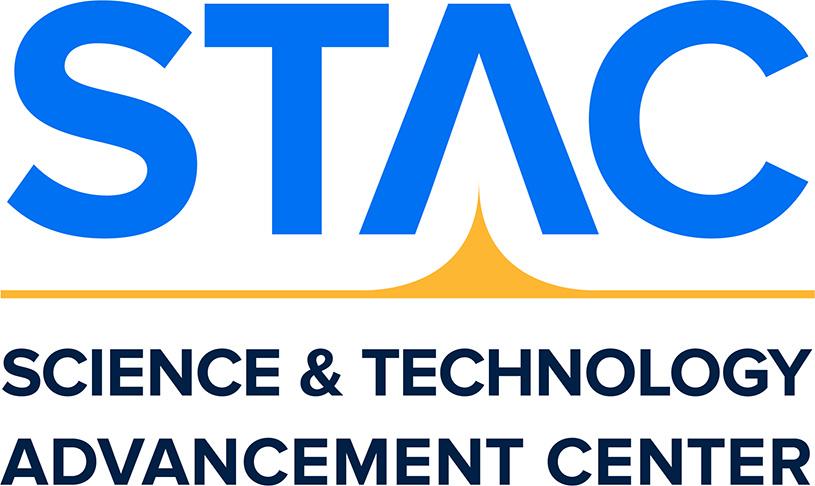
Led by Executive Director Chris Lazzaro and Operations Director Velma Itamura, The Science & Technology Advancement Center (STAC), is a nonprofit organization that works with states, districts, and companies to design, develop and implement high quality science programs. We focus on integrating new and emerging technologies in classroom settings to support 3‑dimensional learning.
Share this Article
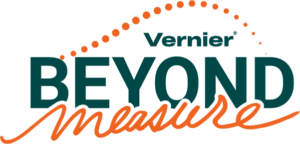
Sign up for our newsletter
Stay in the loop! Beyond Measure delivers monthly updates on the latest news, ideas, and STEM resources from Vernier.

